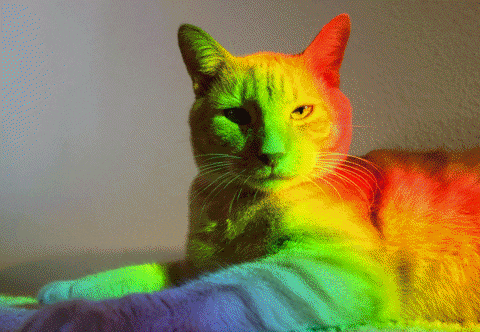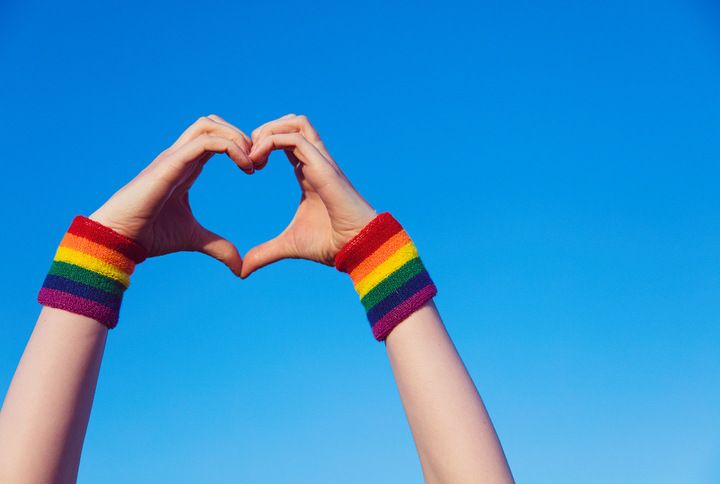“Sexuality is a spectrum”, is a phrase we have heard time and again, but do we really know what it means? The LGBTQIA+ is all-encompassing when it comes to various sexualities and sexual orientations. There’s more to the community than just being gay, lesbian and bisexual, or as uncles and aunties call it, “a gay” (seriously, what is up with that?)
There are multiple sexualities that thrive under the LGBTQIA+ umbrella, and it is high time we acquaint ourselves with them. But before that, we should know the bare basics.
This article is based on the information given on Healthline and Medical News Today
Sexuality
A person’s sexuality or sexual orientation describes who they do or do not feel an attraction toward. This attraction can be romantic, sexual or both.
- Romantic Attraction: The person seeks love and emotional connections from the person they are attracted to
- Sexual Attraction: The person seeks sexual pleasure and physical connections from the person they are attracted to
A person’s sexuality can change over time as well. Additionally, a person need not feel any attraction, romantic or sexual, towards anybody to have a sexual orientation.

1. Queer
Queer isn’t used to define a particular sexuality, but rather multiple sexualities. It is the ‘Q’ in LGBTQIA+. Anybody who isn’t completely heterosexual can call themselves queer.
2. Homosexual
This is a person who is sexually and emotionally attracted to a person of the same gender. However, this term is no longer preferred because it was earlier used in a negative and demeaning manner. So, the next time you meet a homosexual, don’t call them a homosexual. Please.

3. Heterosexual
Heterosexuals (commonly known as straight people) are those who are romantically and sexually attracted to people of the opposite gender. It’s the classic boy-loves-girl situation.
4. Bisexual
A bisexual person is someone who is attracted to those of all genders, be it their own or another gender. It is the B in LGBTQIA+. Unfortunately, being bisexual has become another term for promiscuous, sex-hungry and indecisive (thanks to all the movies and TV shows that portray bisexuals like this). Bisexuality is merely a form of sexual preference and has nothing to do with the personality and morality of a person.

5. Gay
Gay is now the preferred term for describing people who are sexually and emotionally attracted to others of the same gender. It is the ‘G’ in LGBTQIA+. While it was originally used to describe men who were keen on other men, it is now used to describe women as well. Many lesbians also call themselves gay.
6. Lesbian
To simply put it, a lesbian is a woman who is attracted to another woman. Contrary to popular belief, all lesbians are not manly women who somehow work in construction. Lesbians do not look or behave a certain way!

7. Asexual
This is the A in LGBTQIA+ and it is a major one. Someone who identifies as asexual may not feel emotional or sexual attraction towards anyone from any gender. However, asexuality can also include those who feel varying degrees of attraction as well. Under asexuality, there are multiple other sexualities as well. These are:
- Sex-averse – Completely disinterested in sexual behaviour
- Sex-favourable – Are positive towards sexual behaviour in certain situations
- Sex-repulsed – Completely repulsed and against sexual activity
- Sex-indifferent – Are neutral and indifferent towards sex
- Cupoisexual – Don’t experience any sexual attraction, but have a desire to engage in sexual activity. It’s purely physical.
- Libidoist asexual – This is when an asexual person experiences sexual feelings that can be satisfied with some self-love AKA masturbation.
- Graysexual – Feeling mild sexual attraction extremely rarely

Sexuality is a spectrum and in 2020, it’s high time we come to terms with all the sexuality terms. There are many more to go and we can’t wait to write about them!
Were you aware of these sexualities? Share it with us in the comments below.
Join Girl Tribe by MissMalini on Facebook and Instagram to be a part of more fun conversations!

